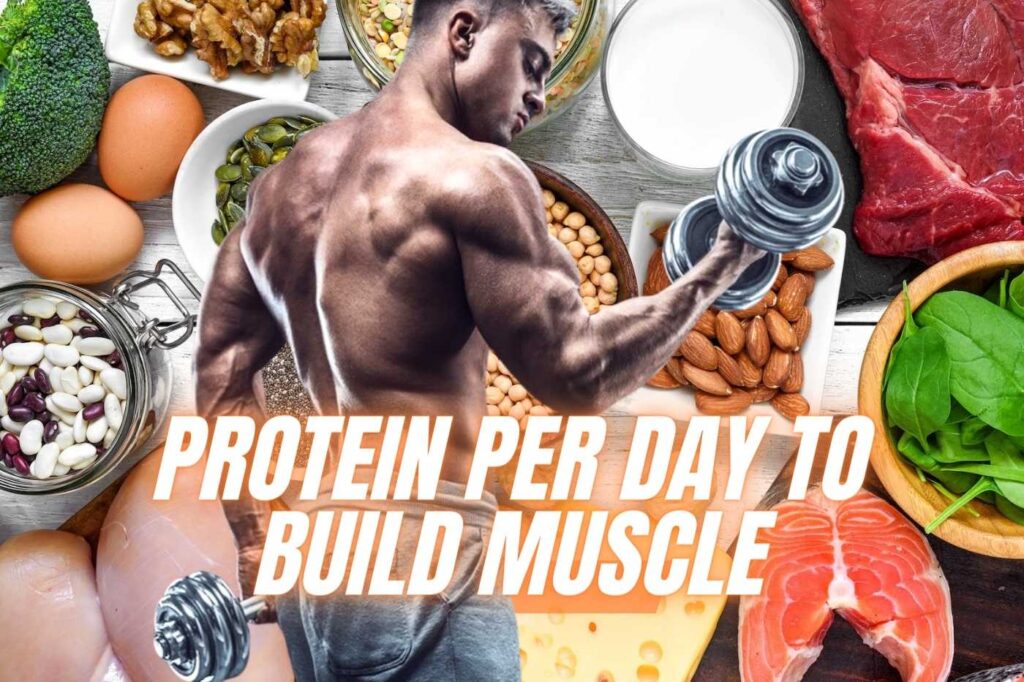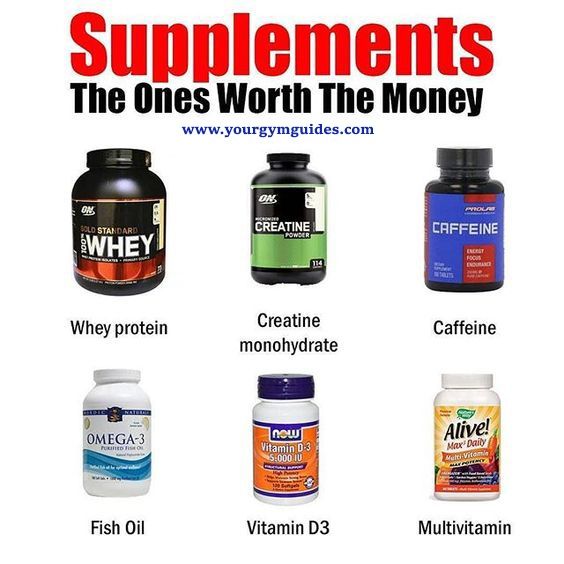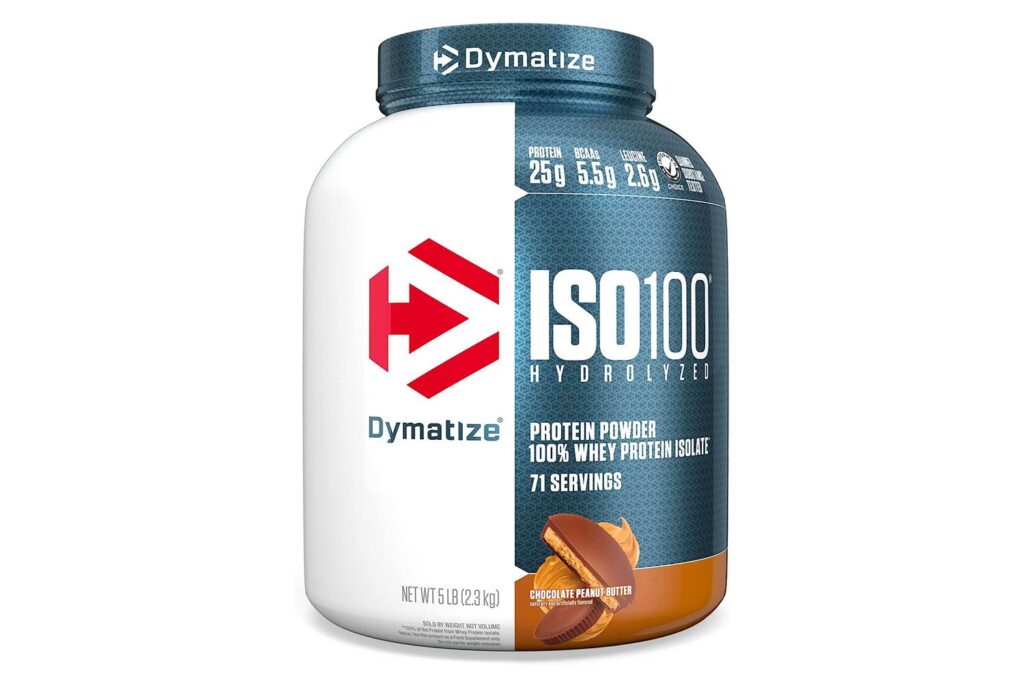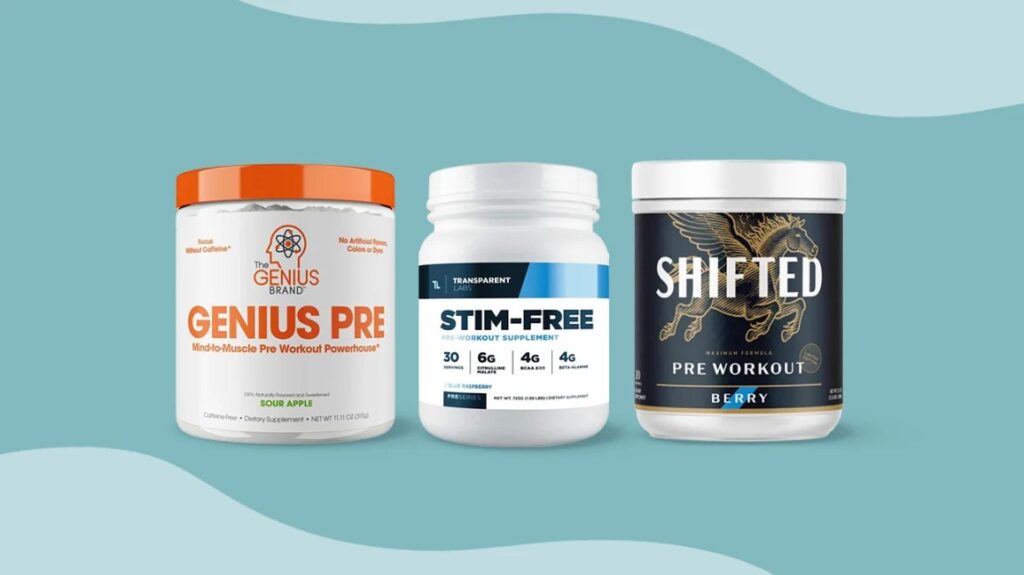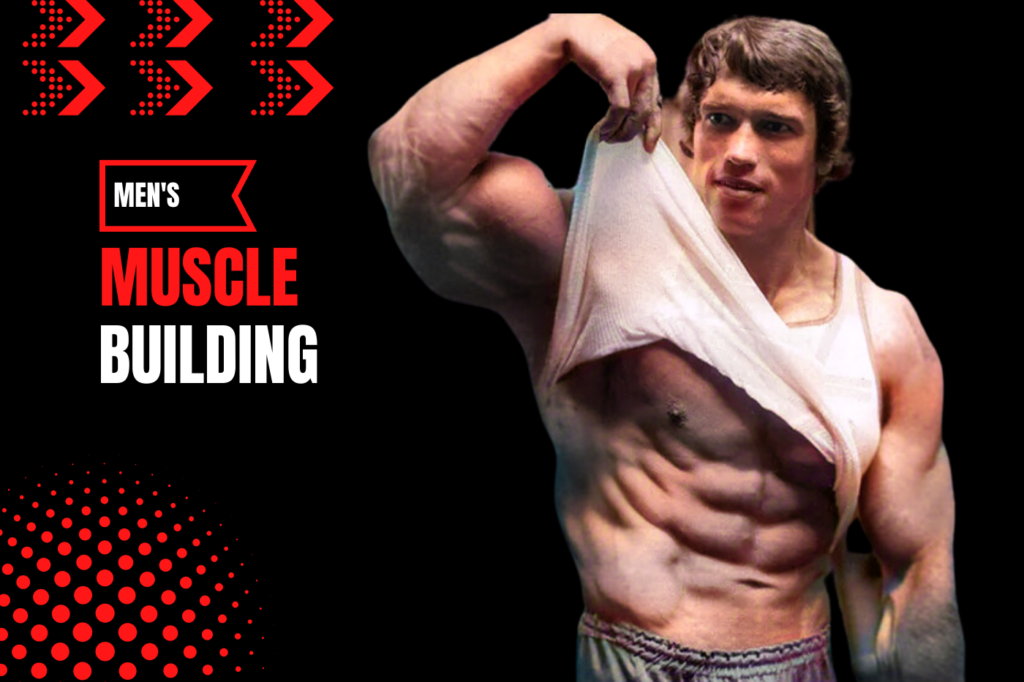The amount of muscle mass gained from working out varies by individual. Factors include genetics, diet, and workout intensity.
Building muscle mass depends on several key factors. Genetics play a significant role in how quickly and effectively you gain muscle. Diet is crucial, as adequate protein intake supports muscle repair and growth. Consistency in your workout routine is essential for continuous improvement.
Compound exercises, like squats and deadlifts, target multiple muscle groups and enhance overall muscle development. Rest and recovery are equally important, as muscles need time to repair and grow stronger. Tracking progress helps adjust routines for optimal results. By balancing these elements, you can maximize muscle gains and achieve your fitness goals.

Credit: www.muscleandstrength.com
Introduction To Muscle Building
Muscle building needs hard work. Start with basic exercises. Use weights and body resistance. Eat healthy food. Rest is important too. Muscles grow during rest. Stay consistent for best results.
Muscle mass keeps the body strong. It helps in daily tasks. Strong muscles support joints. They reduce injury risk. More muscle boosts metabolism. This helps burn more calories. Muscles also improve posture.
Factors Influencing Muscle Growth
Genetics play a huge role in muscle growth. Some people build muscle faster due to their genes. Others may find it harder. Muscle shape and size can also be influenced by genetics. Muscle fiber types vary in each person. This means some might excel in strength, others in endurance. Knowing your genetic limits can help set realistic goals.
Age affects how muscles grow. Younger people build muscle faster. As we age, muscle growth slows down. Gender also plays a role. Men often gain muscle easier due to higher testosterone levels. Women can still build muscle but may need different strategies. Both age and gender should be considered in any workout plan.
Types Of Workouts
Strength training helps build muscle mass. It includes exercises like weightlifting and resistance bands. These exercises make muscles stronger. They also help in burning fat. Do strength training at least twice a week. Always start with lighter weights. Gradually increase the weight as you get stronger.
Cardiovascular exercise keeps the heart healthy. It includes running, cycling, and swimming. These activities burn calories and reduce body fat. Aim for at least 30 minutes of cardio, three times a week. Always warm up before starting. Cool down after finishing to avoid injuries.
Nutrition For Muscle Gain
Proteins, carbohydrates, and fats are crucial for muscle growth. Proteins help build and repair muscles. Carbohydrates provide energy for workouts. Fats support hormone production and overall health. Each meal should include all three macronutrients. Balance is key.
Drinking enough water is essential. Muscles are 75% water. Dehydration can cause muscle cramps. Aim to drink 8-10 glasses of water daily. During workouts, sip water regularly. Staying hydrated helps muscle recovery.
Recovery And Rest
Sleep is vital for muscle recovery. Our bodies repair and grow muscles during sleep. Aim for at least 7-9 hours of sleep each night. Quality sleep helps release growth hormones. These hormones aid in muscle repair. Poor sleep can lead to muscle fatigue and slower gains. Create a sleep-friendly environment. Keep your room dark, cool, and quiet. Avoid screens before bed to improve sleep quality.
Active recovery is crucial for muscle health. It involves light exercises. Examples include walking, stretching, and yoga. These activities increase blood flow to muscles. Enhanced blood flow helps with muscle repair. Active recovery also reduces muscle soreness. It’s a good idea to include active recovery days in your routine. This helps prevent injury and improves overall performance.
Tracking Progress
Measuring muscle mass is essential. Use calipers to check skinfold thickness. Body circumference measurements help too. A tape measure can track arm, chest, and leg size. Bioelectrical impedance scales give body fat percentages. Pair these methods for accurate tracking.
Photographs offer visual progress. Take pictures every month. Wear similar clothes for comparison. Strength tests also show muscle gain. Track how much weight you lift. Record reps and sets. Consistent tracking helps see real progress.
Adjust workouts for more muscle gain. Change exercises every few weeks. Different moves target muscles better. Increase weights gradually. Push muscles to grow. Vary reps and sets for shock value. Muscles grow from new challenges.
Rest days are important. Muscles need time to recover. Eat protein-rich foods for muscle repair. Track your diet. Stay hydrated. Water aids in muscle function. Adjust both workouts and habits for best results.
Common Mistakes
Overtraining happens when you exercise too much. Your muscles need time to recover. Without rest, muscles can’t grow. You may feel tired or weak. Injuries can occur if you overtrain. Balance your workout with rest days. This helps muscles to repair and grow stronger.
Using poor form can lead to injuries. It’s important to use proper techniques. Bad form can strain your muscles. You won’t see good results with bad form. Always learn the correct way to do exercises. If unsure, ask a trainer for help. This keeps your body safe and healthy.

Credit: fitbod.me
Supplementation
Protein supplements help build muscle. They are easy to use. They can be in shakes or bars. Whey protein is a popular choice. It is quickly absorbed by the body. Casein protein is another option. It digests slowly and is good for nighttime. Plant-based proteins are great for vegans. They include pea, rice, and soy proteins. Always read labels for added sugars.
Creatine helps improve strength. It boosts energy for workouts. Many athletes use it. Creatine monohydrate is the most common form. It is safe and effective. Mix it with water or juice. Take it before or after workouts. It can help increase muscle mass. Drink plenty of water when using creatine. This helps your body use it better.
Realistic Expectations
Building muscle takes time and effort. Beginners might see quick gains in the first few months. Gains can be up to 1-2 pounds of muscle per month. Advanced lifters might gain muscle at a slower rate. Patience and consistency are key. Results vary based on diet, genetics, and workout intensity.
Keeping muscle mass requires ongoing effort. Regular workouts are essential to maintain gains. A balanced diet with enough protein helps. Rest and recovery also play a big role. Missing workouts can lead to muscle loss. Consistency is important for long-term success.
:max_bytes(150000):strip_icc()/how-much-muscle-in-a-month-3498519-v1-e70d27bcf19e4b0bab078adad9b496d5.jpg)
Credit: www.verywellfit.com
Frequently Asked Questions
How Much Muscle Can You Gain In A Month?
On average, beginners can gain 1-2 pounds of muscle per month. This varies with diet, workout intensity, and genetics.
Is It Possible To Gain Muscle Fast?
Gaining muscle quickly requires intense workouts, proper nutrition, and adequate rest. Most people see noticeable gains in a few months.
What Affects Muscle Growth Rate?
Muscle growth rate depends on factors like genetics, workout intensity, diet, and recovery time. Consistency is key for best results.
How Often Should I Work Out For Muscle Gain?
For optimal muscle gain, aim to work out 3-5 times a week. Ensure you include rest days for recovery.
Conclusion
Achieving muscle mass requires dedication, consistency, and a tailored workout plan. Focus on progressive overload, proper nutrition, and adequate rest. Remember, individual results vary, so stay patient and persistent. By following these guidelines, you’ll maximize your muscle-building potential and see significant progress over time.
Stay committed to your fitness journey and enjoy the transformation.


